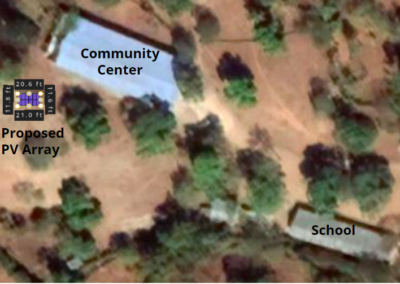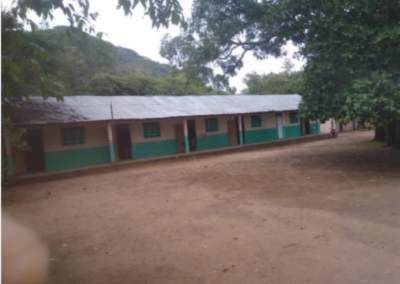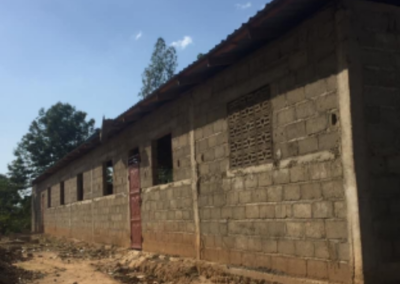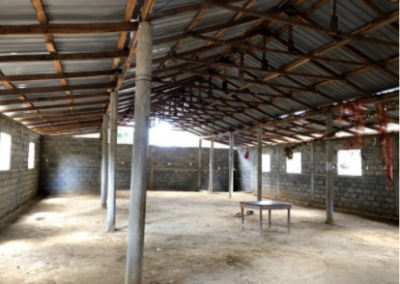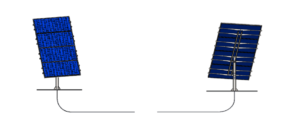Solar Panel Array and Lighting – School/Community Center La Victoire, Haiti
Overview
La Victoire is a community in Haiti with limited to no access to reliable electricity. Their school and community center buildings are currently without lighting and power outlets, restricting student’s ability to study to daylight hours and making it difficult for them to use electronic devices. Our team, sponsored by Engineering for Hope, has designed a low-cost solar array system capable of providing the classrooms and community center with adequate lighting and access to power outlets. The goal of our design is to improve the educational environment in La Victoire by enabling students to study outside of daylight hours and access materials through cellphones, tablets, or monitors. Additionally, research has shown that education promotes economic growth by providing skills which increase employment opportunities. Our project is unique in that it not only provides a more productive educational environment for eventual economic growth, but it supports the immediate employment of trained individuals in the community to construct and maintain the system themselves using the installation and maintenance manual provided by our team. Further, we recognize the school and community center compound as a central hub for the community to host guests, events, and other recreational activities. By helping to provide access to electricity, our design will further strengthen the sense of community already present in La Victoire.

Live Zoom Chat
Use the link below to join us live from 8:00 – 10:30 a.m. on April 29th.
Topic: Team Soley Design Showcase
Time: Apr 29, 2021 08:00 AM Mountain Time (US and Canada)
Join from PC, Mac, Linux, iOS or Android: https://mines.zoom.us/j/91348890293
Or iPhone one-tap: 13462487799,91348890293# or 16699006833,91348890293#
Or Telephone:
Dial: +1 346 248 7799 (US Toll) or +1 669 900 6833 (US Toll)
Meeting ID: 913 4889 0293
International numbers available: https://mines.zoom.us/u/aBOaQsums
Or a H.323/SIP room system:
H.323: 162.255.37.11 (US West) or 162.255.36.11 (US East)
Meeting ID: 913 4889 0293
SIP: 91348890293@zoomcrc.com
Team Members
- Anthony Baldridge
- Thomas Deisz
- Raven Herrera
- Alique Kramer
- Danica Minnich
- Andrew Rouze
The Client
- Engineering for Hope
Acknowledgements
Project Advisor: Alina Handorean and Beth Reddy
Technical Advisor: Prof. Max Billington
Video
Elevator Pitch
Presently, the LaVictoire community in Haiti is largely without electricity, which poses several issues for residents regarding health, safety, and economic growth. The school and community center compound there serves not only as an academic space for students, but a central hub for the community to host activities, church services, have guests, and work. Engineering for Hope (EFH) has proposed a solar panel array and lightning system for the compound to provide the school and community center with outlets and lights for approximately 6 hours per day. To this end, EFH has solicited the services of our capstone design team to provide three main deliverables: (1) design the solar power system including panels, panel mounting, wiring, and lighting, (2) create a detailed bill of materials with estimated costs, and (3) provide installation and maintenance instructions for the proposed system. Given that the team was not able to physically visit the community, the design process was adjusted throughout. The team was able to conduct several interviews with community members to ask logistical questions like where to best place the solar panels and how many outlets and lights would be ideal for their complex. Given this information, the software Helioscope was used to determine the sizing of the PV array for that exact location within the community center. Our proposed design will feature 12 solar panels mounted using 3 Tamarack Solar ground pole mounts, 40 light fixtures, 10 power outlets, and 11 light switches and provide the compound with 18.0 kWh per day of power at a total estimated cost of $10,740. The team is providing the community with installation and maintenance manuals to enable trained community members to safely implement and maintain the system themselves.
YouTube Link: https://www.youtube.com/watch?v=IN3uRkJfkCI
Design Approach
To assess the feasibility of a small-scale solar array for the school and community center compound in LaVictoire, we conducted preliminary research on the configuration of the compound, the layout of the interior of the school and community center respectively, and the exterior condition of each building. The team then consulted with our client, Engineering for Hope (EFH), to gain a cursory understanding for what the community wants out of the system and then set up several semi-structured interviews with community members to verify and expand on this information.
With an understanding of the problem and its solution goals, the team went through several design iterations. The first iteration was primarily pricing for electrical components to gain a sense for what could be accomplished within the given budget. At this iteration we provided three options: a) extreme low load, b) low load, and c) high load, each with a corresponding power output given electrical component selections for solar panels, battery type, charge controller, etc. The second iteration consisted of refining the high load option to fit budgetary constraints while still delivering adequate lighting and power. Here the team used software such as Revit and Helioscope to model electrical performance, and AutoCAD and Solidworks to model the proposed panel mounting system. The team conducted a risk analysis for the integrated system at this iteration as well. The third iteration was spent verifying system calculations by several technical advisors and implementing feedback from EFH and community members.

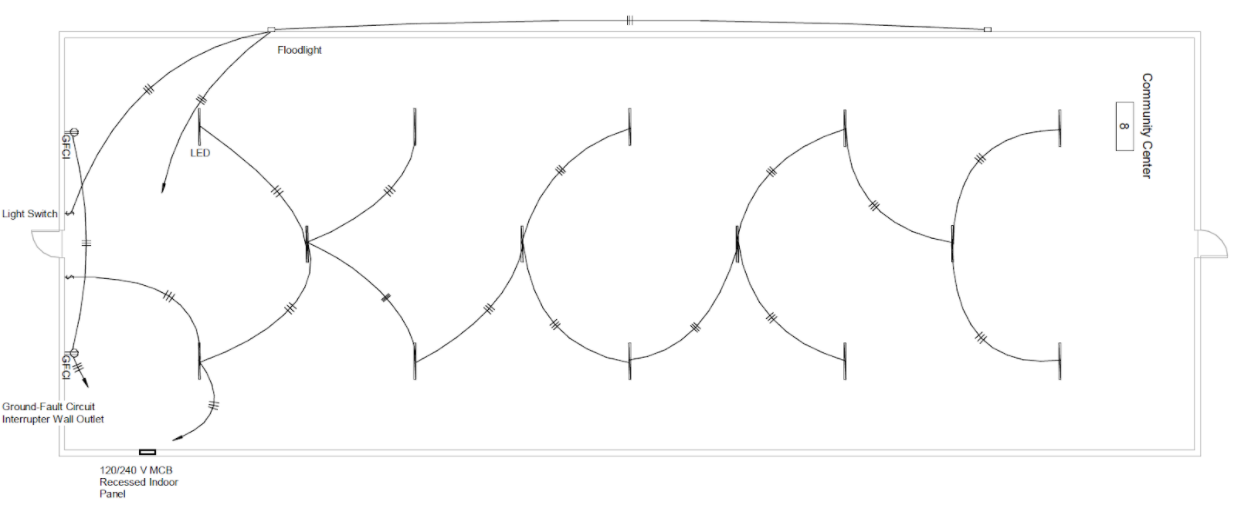
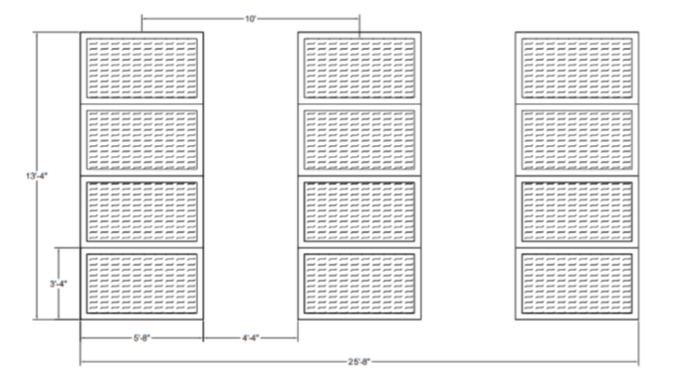
Design Solution
The final design chosen needed to accommodate 18 kWh of electricity per day. This electric load comes from 42 LEDs and 14 wall outlets. There will be 4 lights in each classroom, 14 lights within the community center, and two floodlights outside of the community center. The lights in each room are controlled by a light switch and the floodlights are controlled by a light switch within the community center.
The power needed for the lights and wall outlets will be generated by an array of 12 solar panels, with each panel rated at 370 W. Power generated by the PV modules will be stored by a 20.8 kWh battery bank, and the direction of power flow will be determined by a charge controller. An inverter will change the direct current (DC) provided by the PV modules and battery bank to alternating current (AC) that can be used by the community. The inverter connects to panel boards at each building which splits the power into each branch circuit.
The solar panels will be pole mounted with 4 PV modules per pole. The poles will be placed in concrete footing. Finally, the mounting system will allow for adjusting the panel angle to optimize energy production depending on the time of year.
Next Steps
The team has designed the entire PV system. Therefore, most of the next steps are implementation related. Engineering for Hope will first need to have our design approved by a professional engineer to confirm that no oversights exist. Furthermore, the components of the system must be acquired which may prove a challenge given the remoteness of the La Victoire community. Finally, the system must be assembled. To help facilitate this, EFH has helped community members enroll in classes to become electricians. Additionally, The team has assembled technical manuals for each major component of the system to help with the transition.
Meet the Team
Anthony Baldridge
 Anthony is a senior in Electrical Engineering. After graduation, he plans on working as a Construction Engineer with Shimmick Construction in San Diego, California. Anthony hopes his future work will have a positive impact on the communities in which he lives and works in.
Anthony is a senior in Electrical Engineering. After graduation, he plans on working as a Construction Engineer with Shimmick Construction in San Diego, California. Anthony hopes his future work will have a positive impact on the communities in which he lives and works in.
Thomas Deisz
 Thom is a senior in Electrical Engineering And Computer Science. After graduation, he hopes to work in the field of Computer Engineering. Thomas hopes that his future work will help improve the world through better computer systems.
Thom is a senior in Electrical Engineering And Computer Science. After graduation, he hopes to work in the field of Computer Engineering. Thomas hopes that his future work will help improve the world through better computer systems.
Raven Herrera

Raven is a senior in Civil Engineering with a minor in Leadership in Social Responsibility. She plans to continue her education at Mines by pursuing a Master’s in Humanitarian Engineering, where she hopes to expand on the skills she has gained through the Engineering for Communities Design Studio. Raven was initially interested in this project because she saw the potential for working collaboratively with the community to identify their wants, needs, and goals for the future.
Ali Kramer
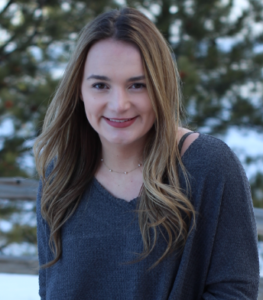 Ali is a senior in Civil Engineering and plans to enter into the design-build industry working for Kiewit after graduation. She has really enjoyed the opportunity to work on this project because of the impact it will make on the community, as well as the gratitude that has been expressed by the community members.
Ali is a senior in Civil Engineering and plans to enter into the design-build industry working for Kiewit after graduation. She has really enjoyed the opportunity to work on this project because of the impact it will make on the community, as well as the gratitude that has been expressed by the community members.
Danica Minnich
 Danica is a senior in Mechanical Engineering and plans to continue her education by getting a Masters in Engineering and Technology Management at Mines. She was interested in this project because of the broader impact and benefits it provides for the community.
Danica is a senior in Mechanical Engineering and plans to continue her education by getting a Masters in Engineering and Technology Management at Mines. She was interested in this project because of the broader impact and benefits it provides for the community.
Connect with Danica on LinkedIn
Andrew Rouze
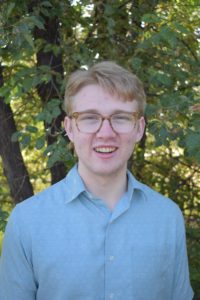
Andrew is a senior in Electrical Engineering and is entering the field of electric utilities after graduation. He hopes to work on the shift to green energy and saw this project as an opportunity to help electrify the developing world in a sustainable way.

